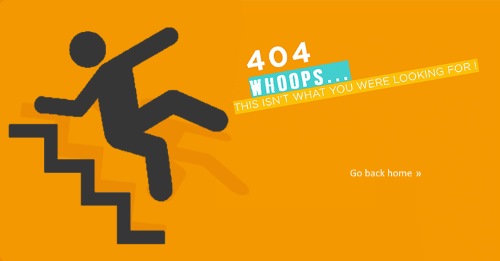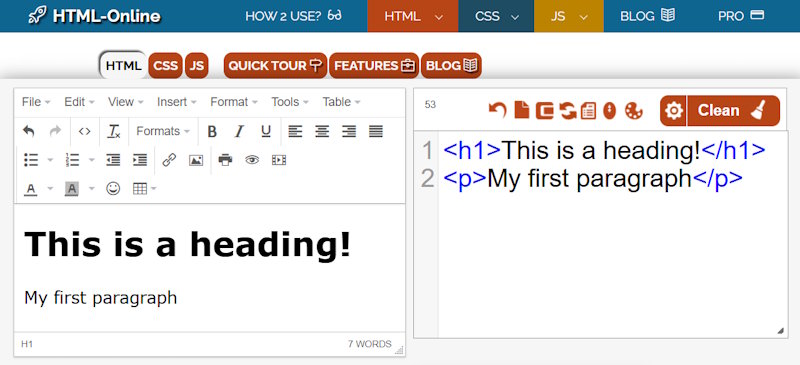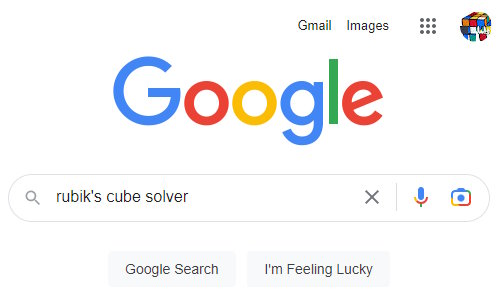When you’re running a small business, your website often has to wear just as many hats as you do. It’s your storefront, your brand’s voice, your sales funnel, and your 24/7 customer service rep, all rolled into one.
But here’s the truth: most people stick to surface-level website advice. You’ll hear the same mantras about
- mobile optimization 📱
- fast load times ⏱
- and having a clean design 🧹
That’s not what this is. This is about digging into the lesser-known, often overlooked tricks and strategies that can actually make a difference, especially when you’re working with limited resources, tight budgets, and not a lot of time to waste.
Start with a Content Personality, Not Just a Template
Before you even choose a layout, you need to think about how your business sounds. Not looks. Sounds. Your content personality, the tone of your words, the way you describe things, the kind of phrases you naturally use, should be baked into the design from the very beginning. A slick, modern layout might clash hard with your warm, folksy product descriptions. Or a punchy, minimalist vibe might undermine the trust you’re trying to build with a more cautious audience.

Templates are a dime a dozen. A real voice? That’s what sticks.
Get Strategic with Search Intent, Not Just Keywords
Optimizing your site for search engines isn’t just about cramming in buzzwords, it’s about understanding how your audience searches and what they actually need.
Think about what someone might type when they’re feeling unsure, curious, or ready to make a decision. And if you’re drawing a blank on which keywords make sense for your page titles or headings, you can find them for free by using the Google Keyword Planner tool or Ubersuggest. These tools can point you toward the language your ideal customers are already using, so your content speaks their language right from the jump.
Forget Stock Photography, Shoot Your Own B-Roll
No one’s saying you have to become a professional photographer overnight. But instead of grabbing another generic image of two people shaking hands in an office, spend a Saturday afternoon shooting real parts of your business!

Snap photos of your tools, your packaging station, or even the blank notepads you sketch ideas on. It’s not about picture-perfect quality, it’s about authenticity. Visitors can tell when something feels real, and that goes a long way in making them trust your brand over the cookie-cutter competitor down the road.
Always Leave a Trail of Breadcrumbs for Real Humans
People don’t browse your site the way you think they do. They might land on a blog post first, then bounce to your about page, then get lost trying to find your services. Clear navigation helps, but so does something simpler: contextual links.

Throughout your content, guide people where to go next. If you’re explaining a process, link to the next step. If you mention a product, let them click straight to it. You’re not just designing a site, you’re building a map. Don’t let them get lost in the woods. Create a nice dropdown menu easily with HTMLmenu.com or similar tool, just as we did for HTML-Online.
Use Dead Ends to Your Advantage
Here’s one that rarely gets talked about: your 404 page and other “error” moments can be prime chances to win people over. Instead of letting these be boring dead ends, use them to inject personality, offer alternatives, or even toss in a little humor.

A good 404 page might say “Well, this is awkward. Let’s get you back on track,” with a few popular page links or even a featured product. These are opportunities to show visitors that you care, even when things go a little sideways. And that’s what sets you apart from businesses that only care when things are going well.
Ensure Your Follow Up
Your site isn’t just a one-time interaction. If someone signs up for your newsletter, grabs a freebie, or fills out a contact form, what happens next? Too often, small businesses drop the ball here. You’ve got to treat that follow-up email, that confirmation message, that first bit of contact as part of the website experience. Make it warm, useful, and true to your brand’s personality. That’s the first impression you leave after they’ve already left your site, and it might be the one they remember most.

Transform your Word documents into clean, efficient HTML effortlessly with our HTML Editor
Here’s the thing:
no one’s expecting your website to be perfect. But people do expect it to feel human.
They want to sense there’s a real person behind the business, someone who thinks about their needs, who puts care into every detail, even the ones no one sees. When you write with empathy and build pages that feel intuitive and alive, you’re not just creating a website. You’re building a bridge between your business and the people it’s meant to serve. And that’s what turns visitors into believers.

